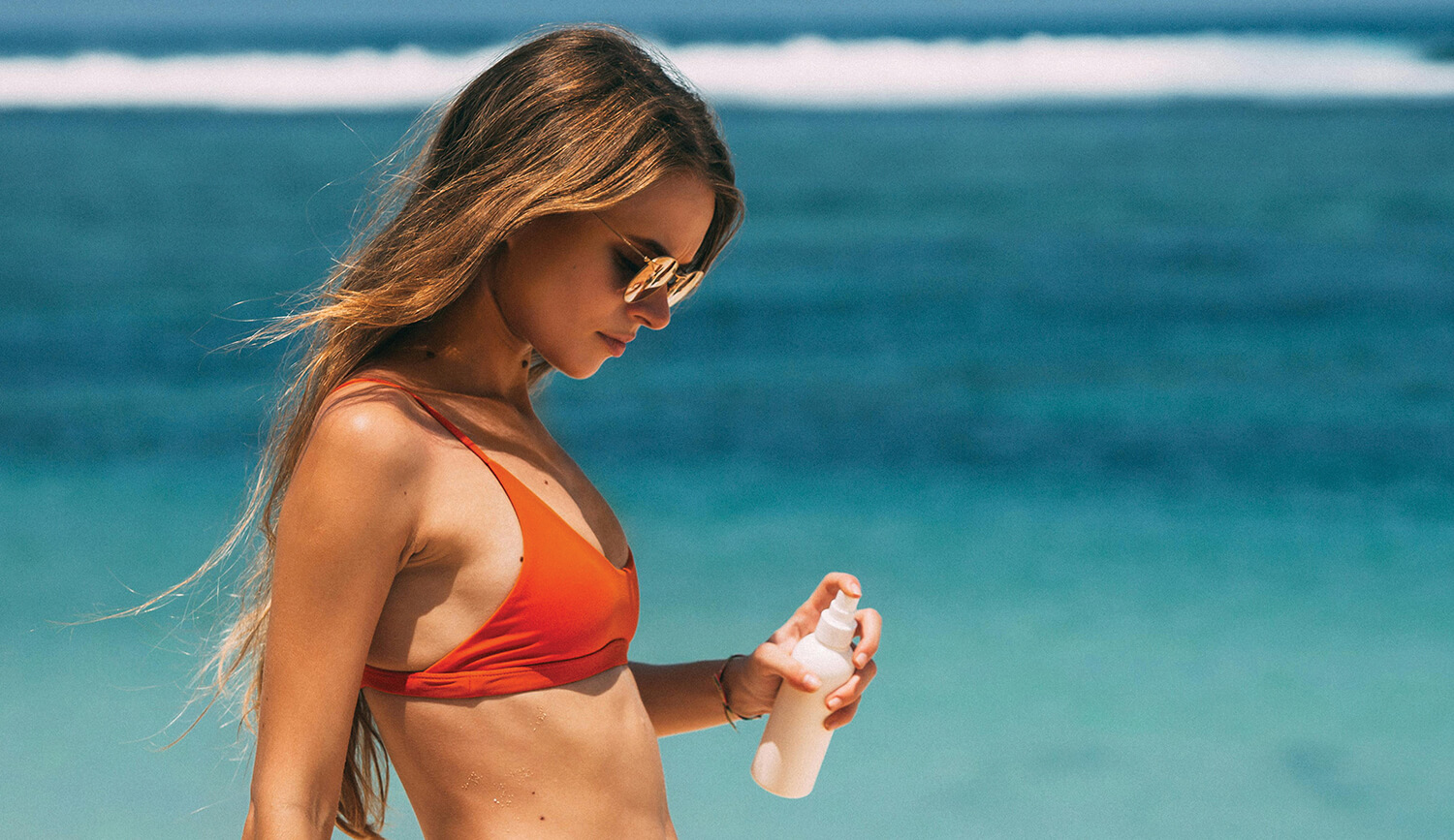
Before your next sunny day, read this:
Sunscreens protection or health risk?
Some of the most popular sunscreens may be quietly harming your health. For decades, we’ve been told that sunscreen is the essential layer of protection between our skin and the sun’s damaging rays. It’s in our bags, our cars, our kids’ backpacks… sprayed, slathered, and reapplied without a second thought. But what if the very thing we trust to shield us is quietly flooding our bodies with chemicals that disrupt hormones, damage cells, and linger in our systems far longer than anyone told us?
In recent years, the alarm bells have started to ring. Independent labs, scientific studies, and even the FDA have raised concerns about chemical sunscreen ingredients like the kind found in most of the best-selling products on store shelves. Ingredients like oxybenzone, octinoxate, homosalate, and octocrylene are absorbed through the skin and into the bloodstream at levels significantly higher than what the FDA deems safe for continued use without further testing. And these aren’t just trace amounts. A 2020 study published in JAMA found that after a single application, these chemicals remained in the blood for days, and even weeks, even if you showered and washed them off immediately upon entering inside. And if you reapply the sunscreen, the older application is still underneath. And the FDA has reported that these ingredients could be detected in blood tests weeks later and even in breast milk and urine.
So what are these chemicals doing in our bodies?
That’s the unanswered question. What we do know is that some, like oxybenzone, have been shown in lab studies to interfere with hormone function and reproductive systems. Others can cause allergic reactions, cellular stress, and skin irritation. Octocrylene, commonly found in spray sunscreens, has been found to degrade into benzophenone, a compound flagged for its potential toxicity. These findings have pushed the European Union to restrict or ban several of these ingredients, while in the U.S., many are still not only allowed, they’re standard. You can find octocrylene, avobenzone and homosalate in products like Neutrogena Ultra Sheer Dry-Touch Sunscreen For Face & Body, SPF 30 Broad Spectrum UVA/UVB Protection, Banana Boat Light As Air Sunscreen Lotion SPF 50, and Coppertone Sport Sunscreen Spray SPF 50.
And then came the benzene scandal. In 2021, independent lab Valisure tested hundreds of sunscreen products and found that more than 70 contained detectable levels of benzene, a toxic industrial solvent that has no business in personal care products. Brands affected included household names like Neutrogena, Aveeno, Banana Boat, and CVS Health. While companies rushed to recall batches and insist the contamination was accidental, the message was clear: the industry is not being watched closely enough. The public has been left to trust that safety comes standard, when in reality, oversight is fractured and reactive at best.
This is where mineral sunscreens come in and why more people are making the switch. Unlike chemical sunscreens, which absorb into the skin and then absorb UV rays, mineral-based sunscreens sit on the surface of the skin and physically reflect UV light. Their active ingredients, zinc oxide and titanium dioxide, don’t penetrate the bloodstream and are generally recognized as safe and effective by regulators across the globe. They’re the clear choice for infants, people with sensitive skin, and anyone who wants protection without unnecessary exposure to questionable compounds.
Brands like Thinksport, Blue Lizard, Badger, ATTITUDE, and Babo Botanicals are leading the way with clean, mineral-based formulations that are effective and trustworthy. They may take a few extra seconds to rub in. They may not come with a “cool mist” or tropical scent. But what they do offer is peace of mind that you’re not trading long-term health for short-term protection.
It’s time to stop thinking of sunscreen as a safety blanket. It’s time to start treating it like what it is: a chemical product we apply to the body’s largest organ, often daily, for decades. That demands scrutiny. It demands higher standards. And for now, it demands that we choose smarter. Mineral sunscreens aren’t just an alternative, they’re the new baseline for anyone who wants to protect their skin without compromising their health.
